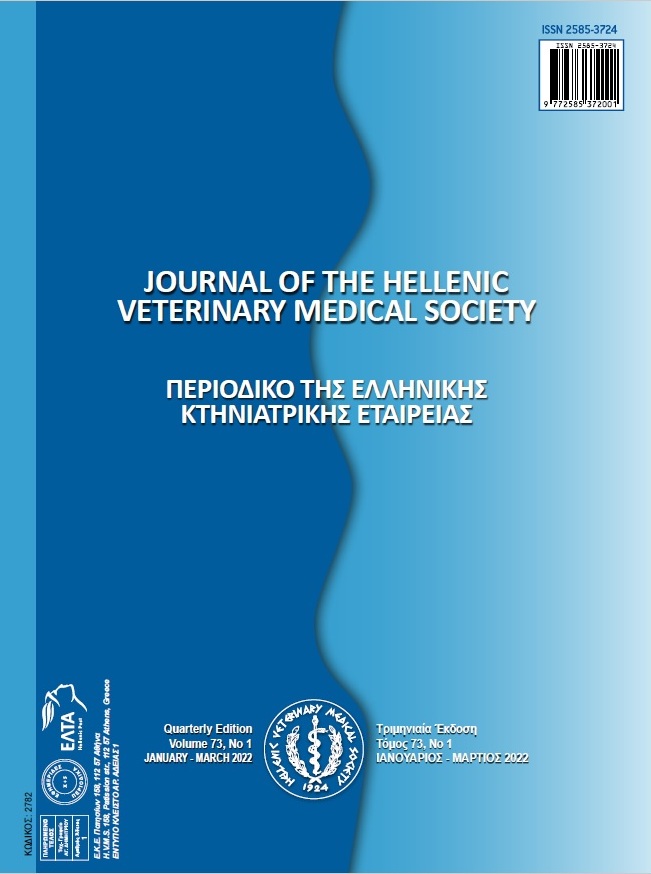Nutritional evaluation of the agro-industrial by-products and waste fruits-vegetable for sustainable ruminant nutrition

Abstract
The growing consumption of ruminant animal products gives rise to a huge demand of animal feed in growing countries. By-product feeds, waste fruits-vegetables, and crop residues should be considered as a valuable alternative feed resource in ruminant nutrition. This waste can be reutilized and converted by ruminants to valuable products for human benefits as a new resource and in return to increase the effectiveness of limited feed sources. But, there are limited new information and research regarding the nutritive value of this waste for ruminants. For this purpose, the experiment was conducted to evaluate the nutritional potential of some agro-industrial by-products, waste fruits-vegetable, and crop residue for ruminants specifically. Fourteen by-products, waste fruits-vegetable and crop residue were collected from the west part regions of Turkey. Nine by-product feeds (whole cottonseed, rice bran, soybean hull, apple pomade, citrus pulp, grape pomade, tomato pomade, grape stalk, rice hull), three waste fruits (dry grape, dry fig, carrot), one waste vegetable (potato) and also one crop residue (cornstalk) were analyzed for nutritional composition and metabolizable energy values were calculated by crude nutrients for ruminants. Further, energy, DMD, and OMD of these samples were investigated by using the cellulose enzyme method. All samples were analyzed the macro minerals (Ca, P, Na, K, and Mg) and the microelements (Fe, Cu, Mn, and Zn) contents. In the research, all samples regarding the parameters in DM, ash, OM, CP, EE, CF, NFE, NSC, NDF, ADF, starch, sugar, Ca, P, Na, K, Mg, Fe, Cu, Mn, Zn, DMD, OMD, MECN, and MECEL were different (P<0.05). The study showed that the waste fruits, vegetable, and by-products have valuable sugar (grape, fig, and carrot), starch (potato, rice bran), NSC (citrus pulp), and oil (cottonseed) content that is the main compounds making them high energetic feeds for ruminants. Also, most of these research materials have enough or much more macro and micro mineral concentrations for ruminant nutrition.
Article Details
- How to Cite
-
ÜNLÜ, H. B., KIRKPINAR, F., & OZDOGAN, M. (2022). Nutritional evaluation of the agro-industrial by-products and waste fruits-vegetable for sustainable ruminant nutrition. Journal of the Hellenic Veterinary Medical Society, 73(1), 3657–3666. https://doi.org/10.12681/jhvms.25386
- Issue
- Vol. 73 No. 1 (2022)
- Section
- Research Articles

This work is licensed under a Creative Commons Attribution-NonCommercial 4.0 International License.
Authors who publish with this journal agree to the following terms:
· Authors retain copyright and grant the journal right of first publication with the work simultaneously licensed under a Creative Commons Attribution Non-Commercial License that allows others to share the work with an acknowledgement of the work's authorship and initial publication in this journal.
· Authors are able to enter into separate, additional contractual arrangements for the non-exclusive distribution of the journal's published version of the work (e.g. post it to an institutional repository or publish it in a book), with an acknowledgement of its initial publication in this journal.
· Authors are permitted and encouraged to post their work online (preferably in institutional repositories or on their website) prior to and during the submission process, as it can lead to productive exchanges, as well as earlier and greater citation of published work.


